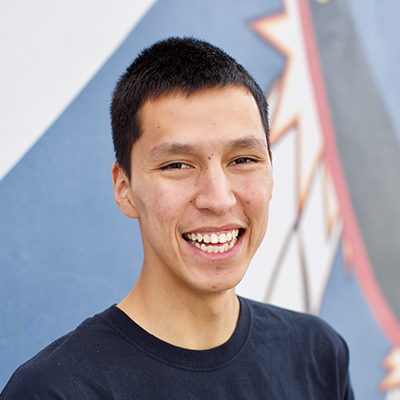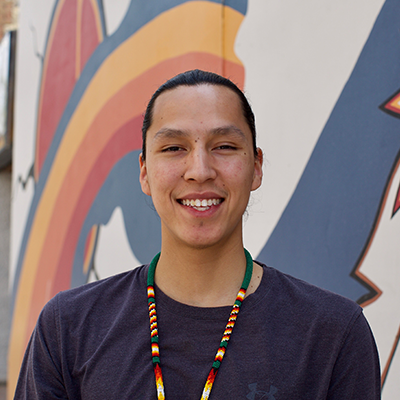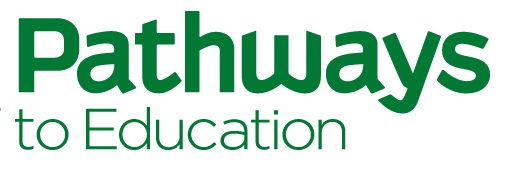The following was written by Brandon, a Pathways to Education alum from Winnipeg, Manitoba. We are proud to join Brandon, who now works at Pathways Winnipeg, in celebrating National Indigenous Peoples Day.
National Indigenous Peoples Day (NIPD) makes me proud to be a First Nation person and I love celebrating the summer solstice by acknowledging the contributions of Indigenous Peoples in Canadian society.
I grew up off reserve in Winnipeg and I was disconnected from my culture, my language, and my home community, Fisher River Cree Nation. As a kid, I was ashamed for self-identifying as a First Nation person. Hearing other students talk about stereotypes and say racist jokes in elementary and middle school definitely played a big role in this.

I finally took pride in my identity in Grade 10 when I found two supportive organizations: Pathways to Education and the Community Education Development Association (CEDA), who delivers the Pathways to Education Program in Winnipeg. They got me engaged in my roots by planning field trips to attend sweats, I started to dance at pow wows, I smudged more frequently, spoke to more elders, and participated in drum making, beading, and other cultural activities. As I became more familiar with and connected to my culture, the shame I felt growing up gradually went away.
And that’s why days like NIPD mean so much to me. These celebrations increase awareness of Indigenous Peoples and foster an environment where young Indigenous students can learn about themselves, gain confidence, and be proud of who they are.
It’s important to have these types of spotlights on our culture. They provide channels where we can do the valuable work of distinguishing, recognizing, and appreciating the three Indigenous groups in Canada—First Nation, Inuit, and Metis (FNIM) Peoples—and provide opportunities for non-Indigenous people to learn and challenge stereotypes by participating in FNIM Peoples’ diverse ethnicity and customs.
But I also believe that it’s important for FNIM Peoples, their heritages, and their spiritual practices to be recognized every day of the year. We were prohibited from practicing our ceremonies, languages, and traditions for decades, so it’s vital that we reclaim our Indigenous identity every day.
This is where today’s youth come in. Youth have a responsibility to revitalize ceremonies and languages that are rapidly disappearing, and to teach their communities and future generations so that these traditions don’t disappear for good.

And in turn, we must support young Indigenous people to be successful. We must acknowledge the high school graduation gap between Indigenous and non-Indigenous peoples in Canada and work to ensure cultural equality. To do this, we need more Indigenous representation in Canada’s education systems to decrease barriers and improve the graduation rates amongst Indigenous communities.
I hope that, moving forward, we can build on and extend our celebration of Indigenous Peoples, bringing more awareness to issues like the high school graduation gap and providing Canadians with more opportunities to learn from our perspective in history, participate in cultural activities, and decolonize European institutions.
I hope everyone enjoys NIPD and I hope you learn something new about Indigenous Peoples and cultures. Thank you.
